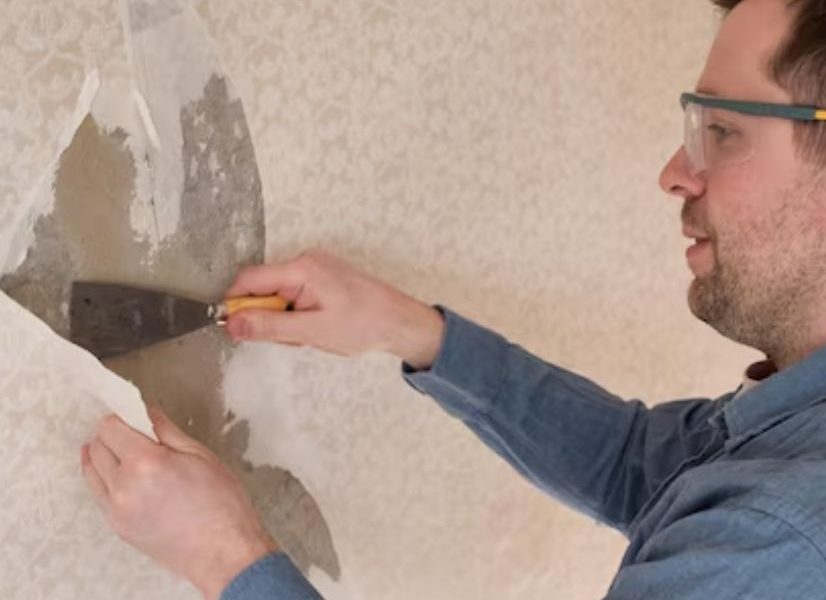Have you ever dreamed of creating an open-concept living space by removing an internal wall? This can dramatically transform your home, adding light, space, and a modern feel. But before taking on this renovation project, you’re probably asking: “How much does it cost to remove an internal wall?”
The answer varies depending on several factors, including whether the wall is load-bearing, the materials involved, and any necessary structural reinforcements. In this guide, we’ll break down everything you need to know about the cost of removing an internal wall and how to plan for it effectively.
1. Factors That Influence the Cost of Removing an Internal Wall
1.1 Load-Bearing vs. Non-Load-Bearing Walls
The most significant factor in determining the cost of removing an internal wall is whether the wall is load-bearing. A load-bearing wall supports the weight of the structure above it, such as the roof or upper floors. Removing this type of wall requires special structural reinforcements, such as steel or wood beams, to maintain the building’s integrity.
- Cost of Removing Load-Bearing Wall: Typically, $3,000 to $10,000 depending on the complexity of the job.
- Cost of Removing Non-Load-Bearing Wall: Much lower, ranging from $500 to $2,000, since it does not require reinforcement.
1.2 Structural Reinforcement and Materials
When you remove a load-bearing wall, it’s essential to replace the structural support the wall provided. This usually involves installing reinforcement beams, which can be made from materials like wood or steel. The material choice will impact the final cost.
- Wooden Beams: Typically less expensive but may not be as strong for larger spans.
- Steel Beams: More expensive but provide stronger support, especially in larger homes.
1.3 Electrical, Plumbing, and HVAC Adjustments
Walls often contain electrical wiring, plumbing pipes, or HVAC ducts. When you do internal wall removal, you’ll need to factor in the cost of re-routing these systems. The complexity of this task will vary based on what’s hidden inside the wall and the layout of your home.
- Electrical Rewiring: $500 to $1,500
- Plumbing Work: $700 to $2,000 if pipes need to be relocated
- HVAC Adjustments: $500 to $2,000, depending on ductwork complexity.
1.4 Permits and Inspections
In most areas, you’ll need a building permit to remove an internal wall, especially if it’s load-bearing. The cost of the permit can range from $150 to $500, depending on your location. Additionally, you may need to schedule inspections during and after the work to ensure the structural integrity of your home is maintained.
2. Average Cost Breakdown for Wall Removal
2.1 Removing a Non-Load-Bearing Wall
For non-load-bearing walls, costs are relatively modest. You’re primarily paying for the demolition labor and disposal of materials, with fewer structural concerns.
- Average Cost: $500 to $2,000
- Time Frame: 1 to 2 days, depending on the size of the wall and any associated tasks like repairing the floor or ceiling.
2.2 Removing a Load-Bearing Wall
Load-bearing wall removal is more expensive due to the need for structural reinforcement. The installation of beams can add thousands of dollars to your renovation bill.
- Average Cost: $3,000 to $10,000
- Time Frame: 3 to 5 days, including reinforcement work and any finishing touches like drywall or paint.
2.3 Additional Costs
Some other costs to consider include:
- Finishing Work: After removing the wall, you may need to repair flooring, patch ceilings, and repaint, which can add $500 to $2,000 to the project.
- Unforeseen Issues: If you discover mold, asbestos, or termite damage, your costs could skyrocket, as these issues need to be addressed before proceeding.
3. Can You Save Money by Removing an Internal Wall Yourself?
3.1 DIY Wall Removal
If the wall is non-load-bearing and you have some construction experience, you may be able to handle the removal yourself. However, it’s essential to ensure the wall is indeed non-load-bearing, as mistakenly removing a structural wall can lead to severe damage.
- DIY Cost: As low as $200 to $1,000 for tools and disposal, but this approach carries significant risks.
- Tools Required: Sledgehammer, saw, pry bars, safety equipment.
3.2 When to Hire a Professional
For load-bearing walls or when plumbing, electrical, or HVAC systems are involved, it’s best to hire a professional. The risks of improper wall removal far outweigh the cost savings of a DIY approach.
- Hiring a Contractor: A licensed contractor ensures that the job is done correctly and safely, preventing future issues such as structural failures or water damage.
4. Frequently Asked Questions (FAQs)
Q1: How do I know if a wall is load-bearing?
A structural engineer or experienced contractor can assess whether a wall is load-bearing by looking at your home’s blueprints or inspecting the layout. Typically, load-bearing walls run perpendicular to floor joists.
Q2: Do I need a permit to remove an internal wall?
Yes, in most areas, removing an internal wall requires a building permit, especially if it is load-bearing. Always check local building codes before proceeding.
Q3: How long does it take to remove an internal wall?
For a non-load-bearing wall, the job can take 1 to 2 days. For load-bearing walls, expect the project to last 3 to 5 days, including structural reinforcements and finishing touches.
Q4: Will removing a wall increase my home’s value?
Yes, creating an open floor plan is highly desirable for many homebuyers, and removing an internal wall can increase your home’s value, especially in kitchens and living rooms.
Q5: What happens if I discover asbestos in my wall?
If asbestos is present, you’ll need to hire a licensed asbestos removal company to safely handle the material. This can add $1,000 to $3,000 to the project, depending on the amount of asbestos found.
Q6: Is it possible to remove only part of a wall?
Yes, partial wall removal is an option, especially if you want to create a pass-through or open up space without entirely removing a room divider.
Conclusion: Is Removing an Internal Wall Worth the Cost?
Removing an internal wall can completely transform your home, adding light, space, and a modern feel. However, the cost of the project depends heavily on factors like whether the wall is load-bearing, the need for structural reinforcements, and the complexity of rerouting systems like electrical and plumbing.
For most homeowners, hiring a professional contractor is the safest and most efficient option, especially for load-bearing walls. With the right planning, you can create the open-concept home of your dreams while staying within your budget.
















